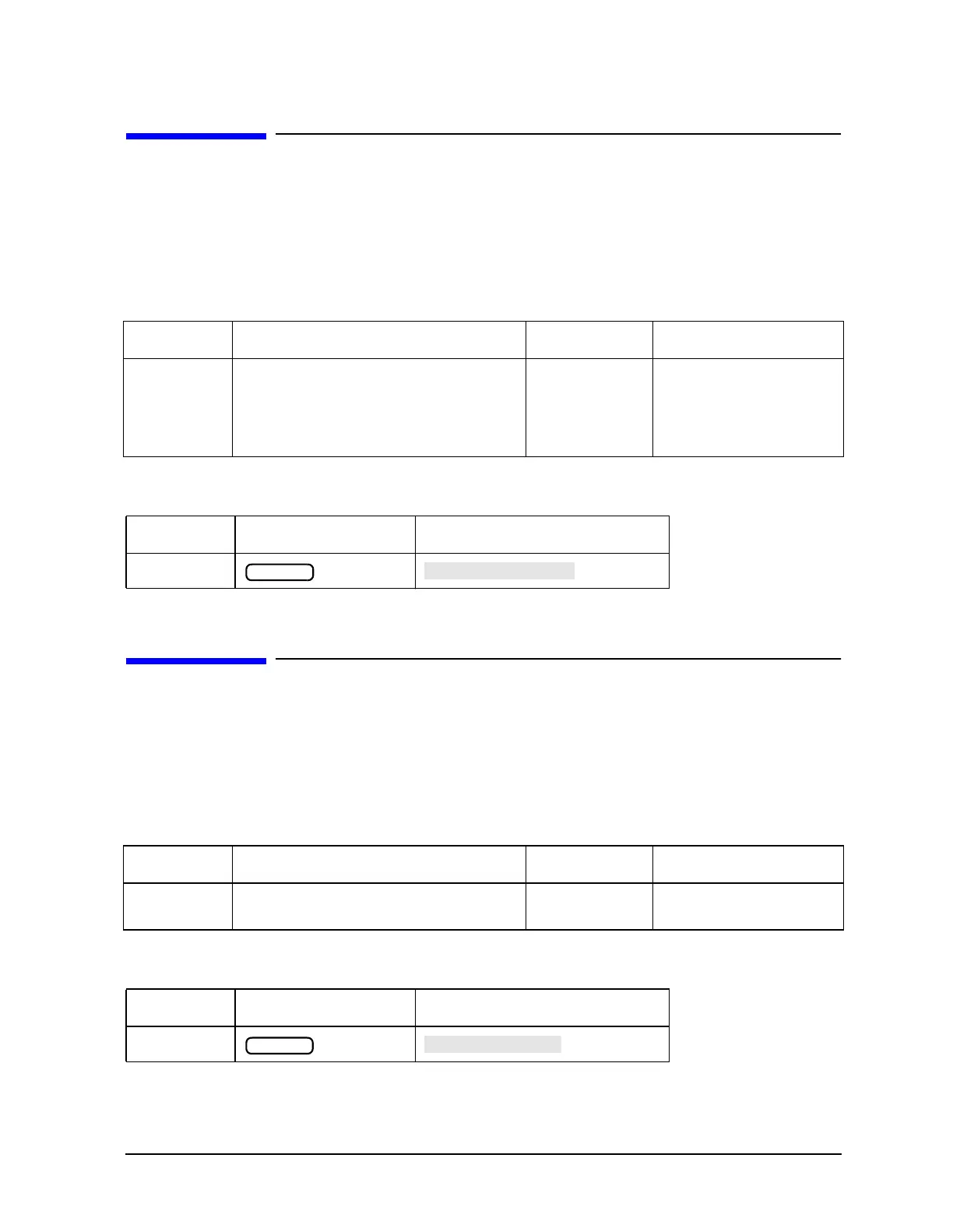Chapter 1 1-211
Alphabetical Command Reference
RLIMVAL
RLIMVAL
Syntax
RLIMVAL<OFF|ABS|MAR>;
Description
Front Panel Equivalents
RSCO
Syntax
RSCO;
Description
Front Panel Equivalents
Command Description Range Query Response
RLIMVAL Displays the ripple limit value of the
selected band (see “SELBND”) in absolute
format (ABS) or margin format (MAR).
OFF turns the displayed ripplelimit value
off.
N/A N/A
Command Hardkey Softkey
RLIMVAL
Command Description Range Query Response
RSCO Resets display colors to the factory default
settings.
N/A N/A
Command Hardkey Softkey
RSCO
System
Display

